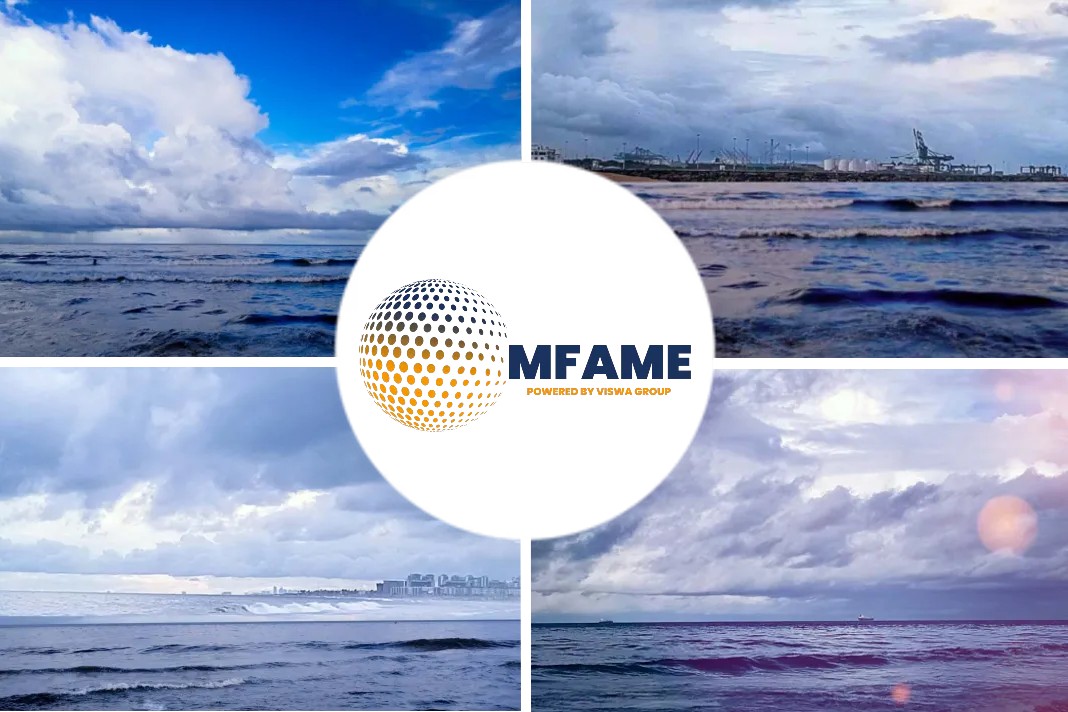
A general cargo vessel was loading scrap metal using a shore grab. Although the cargo declaration specified ‘scrap metal’, in practice…., says an article published on the nautical institute website.
Incident
A general cargo vessel was loading scrap metal using a shore grab. Although the cargo declaration specified ‘scrap metal’, in practice there were other elements of refuse in the scrap metal stockpile such as old car tires, wood, foam plastic and other plastic materials and containers with small amounts of flammable liquid.
The export company stated that the scrap metal cargo was allowed to contain 5% by weight of material that was not metal waste but also was not hazardous waste.
As loading progressed, smoke was seen coming from the cargo hold. After a short period, the smoke intensity increased and the loading was stopped. Port staff called the municipal fire service. Meanwhile, the ship’s crew were preparing their own hoses. The smoke intensity continued to increase and a nearby shipyard located downwind had to be evacuated.
At this point, about 500 tonnes of metal waste had already been loaded. There was no fixed extinguishing system in the hold and the Master did not want excessive water in the hold because it could cause the vessel to become unstable.
It was decided that the cargo would be unloaded and extinguished on the quay. However, the unloading operation had to be interrupted because the crane operator judged that the crane could be damaged from the heat of the fire.
The hold was scanned with a thermal camera which showed that the fire was still burning. Various extinguishing methods were discussed, including filling the hold with foam. After some stability calculations, the vessel was trimmed so that the water could collect in the forward part of the hold, which was empty.
The excess water was then pumped off the vessel and collected in tanks to be carried away for decontamination. It took almost 12 hours to extinguish the fire, although in the end only
minor damage was suffered.
Investigation
The investigation found that the fire was probably caused by sparks or frictional heat generated during loading, which then ignited flammable liquid or other flammable material within a load of scrap metal.
The investigation concluded that management practices in regard to scrap metal were less than adequate. In particular, the risks of handling metal waste mixed with combustible material had not been adequately assessed.
Lessons learnt
- Sometimes, obvious risks are not seen until an accident happens. In this case, the oil contaminated objects and flammable refuse mixed in with the scrap metal were easy to spot. In cases like this, it is important to have the fortitude and firmness of character to stop loading (or not load) if nothing bad has yet happened.
- Vessels have capsized at berth to firefighting efforts by shore teams. Close coordination is between the Master and fire chief is needed in order to properly execute the extinguishing effort without further risk to the vessel.
Did you subscribe to our newsletter?
It’s free! Click here to subscribe!
Source: Nautinst






















Your point of view caught my eye and was very interesting. Thanks. I have a question for you.